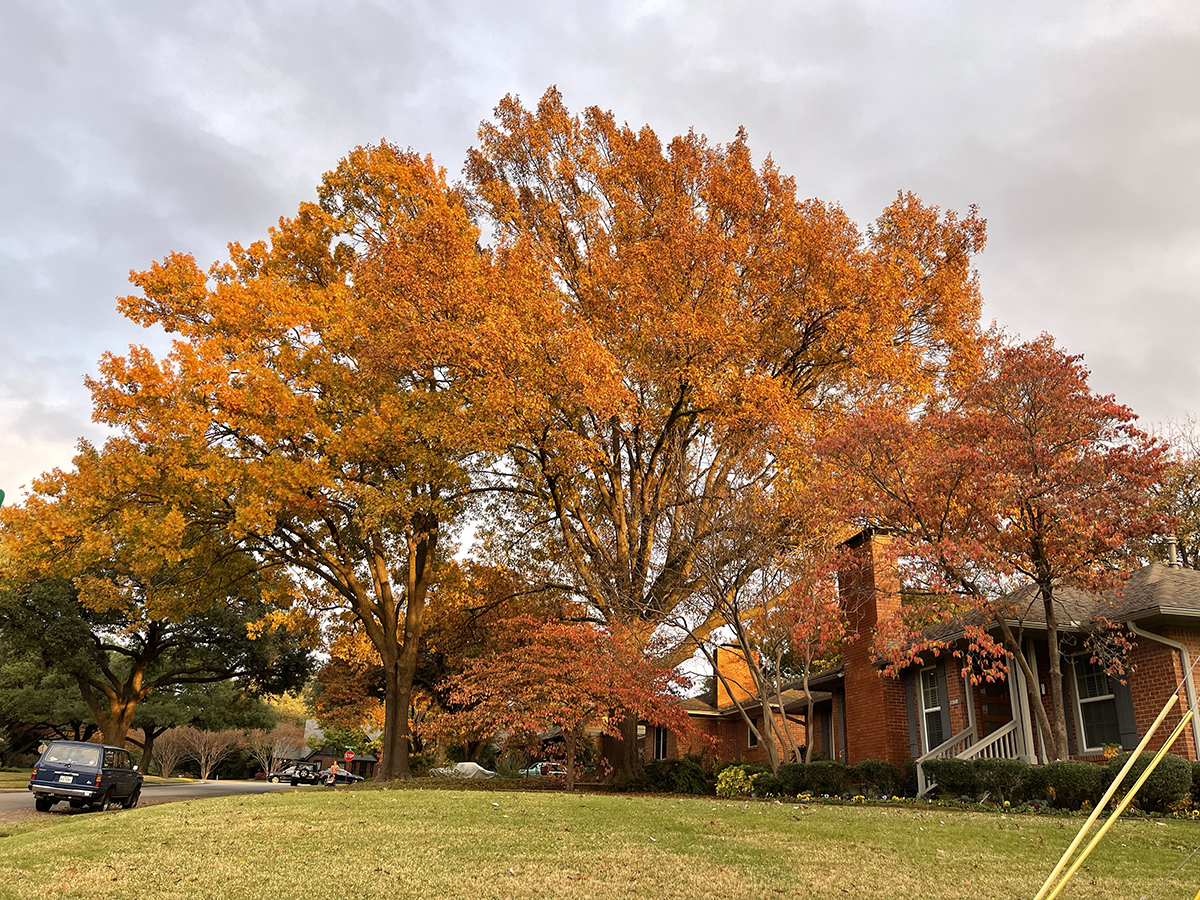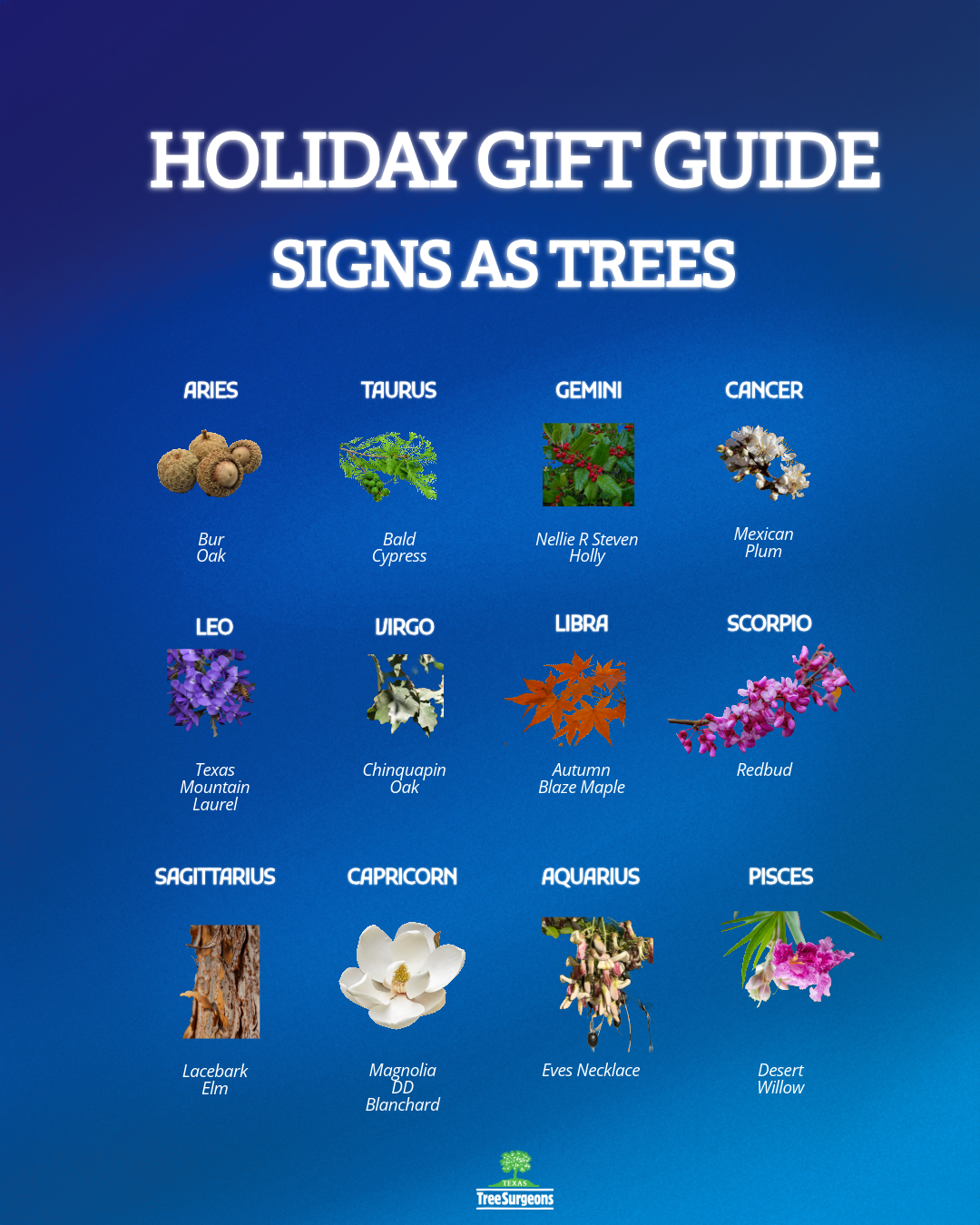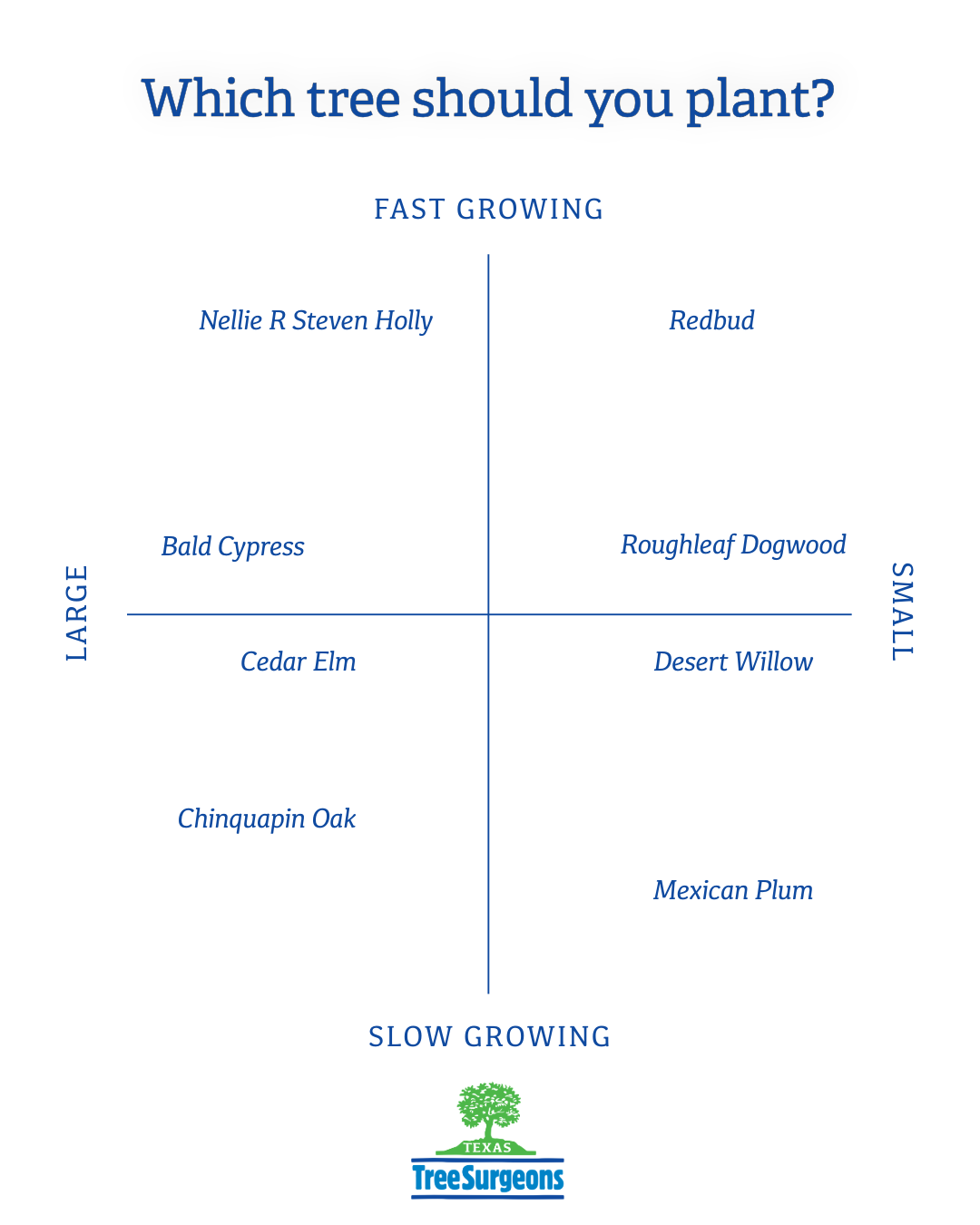Know Your Oaks: Facts and Guides

In North Texas you will see a variety of oak trees while walking in your neighborhood. There are three main species and a slew of varieties. Identifying oaks is not as easy as it seems since they hybridize easily and can cross breed with other types of oaks.
Who knew? Out of all trees, oaks get around.
Understanding Oaks Facts & Guides
Oaks are a diverse group of trees belonging to the genus Quercus. With over 600 species across the globe, these trees can be deciduous or evergreen. The levels of biodiversity they support are astounding, with hundreds of species relying on them as a vital resource for survival.
Each oak species, be it White Oak, Red Oak, or Live Oak contributes uniquely to both its environment and the communities surrounding it. Oaks are commonly found across various climates worldwide, from the dry regions of the American Southwest to the more temperate climates of Europe. Their adaptability is a testament to their evolutionary success and ecological importance.
In the DFW metroplex alone you will see different varieties of oaks thriving in specific regions of the city because of soil type. For example post oaks are commonly found in clusters not planted by people in the cross timbers eco region; Carrolton, Coppell, and Lewisville.
What makes post oaks so interesting is that they are a variety that don’t do well if cared for by people. An easy way to say it is that post oaks hate people. Out of all oak tree varieties they are more susceptible from failing after construction has been done near them due to root disruption.
Types of Oaks
There are many types of oaks you can find in North Texas. Below are some guides to identifying the distinct characteristics of white oak, red oak, and live oak.

White Oak
| Leaf Type | Deciduous |
| Key Identifier | Has rounded leaf lobes and narrower more elongated acorns |
| Varieties in North Texas | Burr Oak, Post Oak, Chinquapin Oak |
| Reaction to Oak Wilt | More resistant to oak wilt than other species of oak trees |

Red Oak
| Leaf Type | Deciduous |
| Key Identifier | Known for its vibrant, fiery red autumn leaves and is easily identified by its pointed leaf lobes |
| Varieties in North Texas | Shumard Red Oak, Texas Red Oak, Pin Oak |
| Reaction to Oak Wilt | Extremely susceptible to infection through insect activity |

Live Oak
| Leaf Type | Evergreen |
| Key Identifier | Lush green foliage year-round |
| Varieties in North Texas | Escarpment Oak, Coastal Live Oak |
| Reaction to Oak Wilt | Susceptible to infection primarily through their root systems |
Cultivating Oaks
Considering planting an oak tree in your yard?
- Grow your own tree from an acorn or we also recommend buying from Native Gardners
- For North Texas Arbor Day most cities in the DFW metroplex offer FREE TREES for residents. The largest give away happens with Branch Out Dallas.
- An in depth guide on how to plant a tree can be found here: How to Plant a Tree.
When to Prune Oaks in North Texas
Late winter or early spring is often deemed the best time for significant pruning work to reduce the risk of infection from oak wilt. Do not trim oak trees from February-June. For best practices read our blog dedicated to when to prune oak trees.
At Texas Tree Surgeons, we love trees! Our ISA Certified Arborists and ISA Board Certified Master Arborists are happy to provide consultations to help your oak trees thrive. Whether that be annual assessments on already established trees, or for tree selection, placement, planting and care, and even to accompany you to a nursery to find the best stock! Contact us today to find out more!
Related Blogs
Similar blogs related to this topic


North Texas Fall Foliage: Why Leaves Change Color
North Texas weather changes as quickly as the mood of a toddler. Oscillating from hot to cold. One thing that clearly denotes autumn in North Texas is the fall foliage. The color shift may not…
Read more

Holiday Gift Guide, Zodiac Signs as Trees
This holiday season a gift that keeps on giving in a time of over consumption is the most ethical and thoughtful gift. It is investment in a shared future that benefits their home and the…
Read more

Which Tree Should You Plant?
Tree selection needs to include a balance of preference in style with species selection that can thrive in North Texas unique soil conditions and climate. Below are some essential questions to ask yourself to ensure…
Read more
